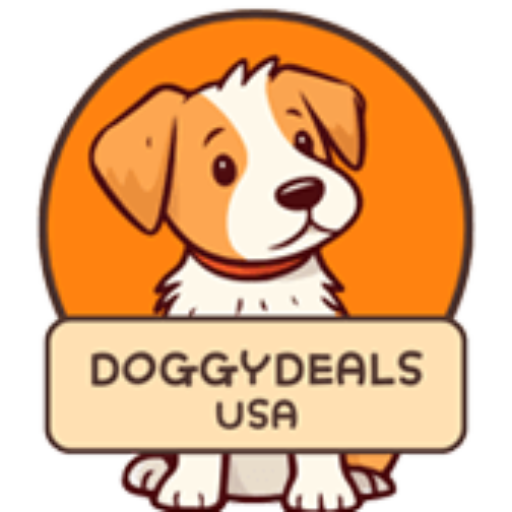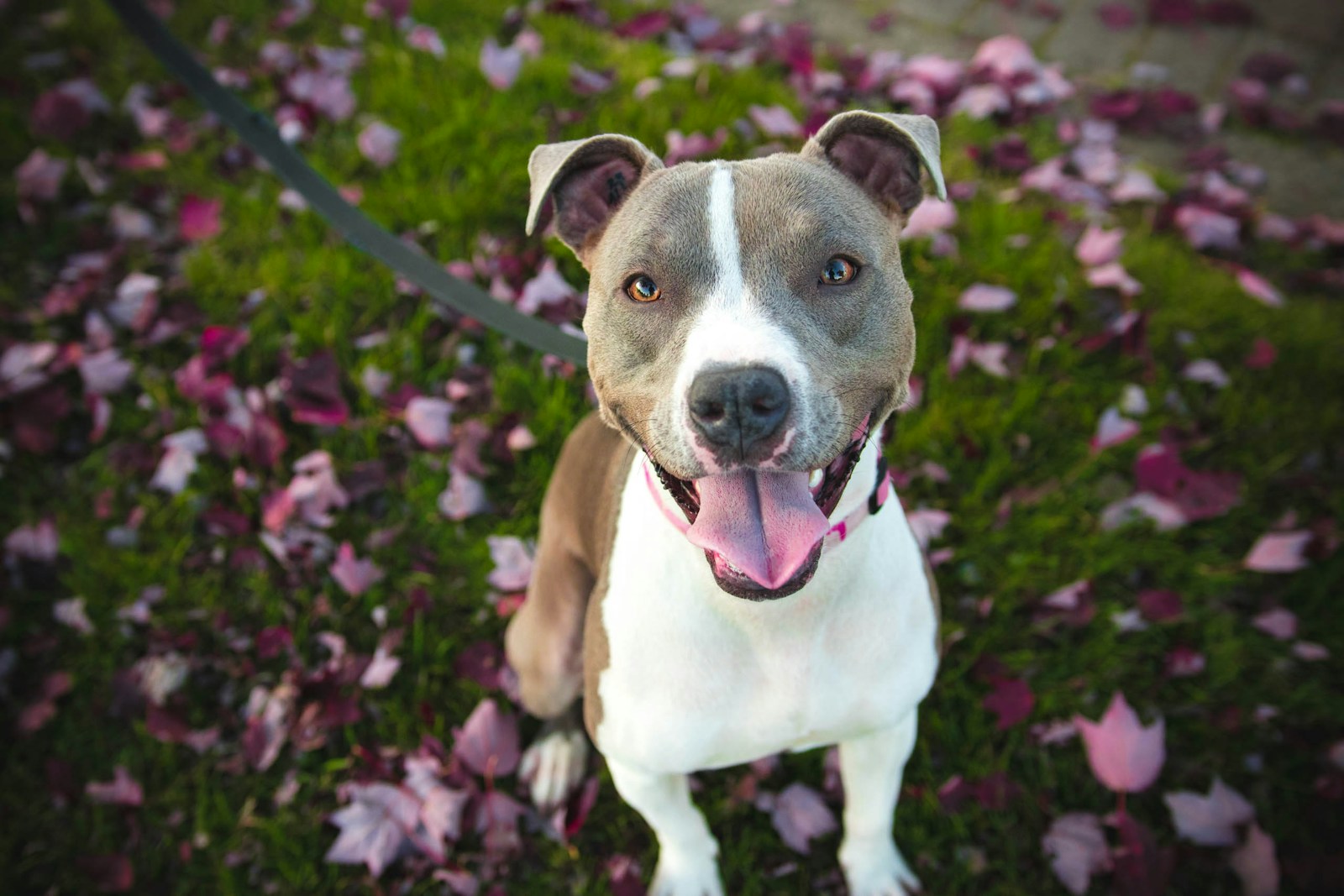As a dog owner, you always want to ensure the health and happiness of your furry friend. However, one critical condition that often flies under the radar is bloat, also known as gastric dilatation-volvulus (GDV). This life-threatening condition can escalate quickly, making it crucial for pet parents to recognize its signs and act fast. In this guide, we’ll break down everything you need to know about dog bloat symptoms, causes, prevention, and treatment.
What is Dog Bloat Symptoms?
Dog bloat occurs when a dog’s stomach fills with gas, food, or fluid, causing it to expand. This condition can lead to torsion or twisting of the stomach, cutting off blood flow and trapping gas inside. GDV is a medical emergency and requires immediate veterinary attention.Dog Bloat Symptoms
Recognizing Dog Bloat Symptoms
Timely recognition of Dog Bloat Symptoms can save your dog’s life. Here are the key signs to watch for:
1. Swollen Abdomen
A visibly distended or hard stomach is one of the first and most noticeable Dog Bloat Symptoms .
2. Restlessness and Anxiety
Dogs experiencing Dog Bloat Symptoms often appear restless. They may pace, whine, or appear unable to settle down comfortably.
3. Unproductive Retching
Your dog may try to vomit without success. This dry heaving is a classic symptom of bloat.
4. Excessive Drooling
Increased salivation is another common sign. If your dog is drooling excessively, pay attention to their overall behavior and appearance.
5. Rapid Breathing and Panting
Difficulty breathing or abnormally rapid panting can indicate distress.
6. Weakness or Collapse
If left untreated, bloat can lead to shock. A dog may exhibit weakness, pale gums, or even collapse.
7. Elevated Heart Rate
An increased heart rate is another indicator of the severity of bloat. If you notice this, contact your veterinarian immediately.
Causes and Risk Factors of Dog Bloat
While the exact cause of bloat remains unclear, several factors can increase your dog’s risk:
1. Breed Predisposition
Large, deep-chested breeds such as Great Danes, German Shepherds, and Boxers are more susceptible to Dog Bloat Symptoms.
2. Eating Habits
Dogs that eat too quickly, consume large meals, or exercise immediately after eating are at a higher risk.
3. Age
Older dogs are more prone to bloat due to decreased muscle tone in the stomach and surrounding structures.
4. Genetics
If your dog’s parents or siblings have experienced bloat, they might be more likely to develop it as well.
5. Stress and Anxiety
Stressful situations can sometimes trigger bloat in susceptible dogs.
Preventing Dog Bloat Symptoms
While bloat can’t always be prevented, you can take steps to reduce your dog’s risk:
1. Feed Smaller, Frequent Meals
Instead of giving your dog one or two large meals, offer smaller portions multiple times a day.
2. Use a Slow Feeder Bowl
A slow feeder can help prevent your dog from gulping down their food too quickly, reducing the risk of air ingestion.
3. Avoid Exercise Around Mealtime
Ensure your dog rests for at least an hour before and after meals to prevent stomach disturbances.
4. Monitor Stress Levels
Provide a calm and stable environment to minimize anxiety in your dog.
5. Consider a Gastropexy Procedure
In high-risk breeds, a gastropexy surgery can be performed to attach the stomach to the abdominal wall, reducing the likelihood of torsion.
Treatment for Dog Bloat
If you suspect your dog is experiencing bloat, time is of the essence. Here’s what you should do:
1. Contact Your Veterinarian Immediately
Call your vet or an emergency animal hospital as soon as you notice Dog Bloat Symptoms.
2. Avoid Home Remedies
Dog Bloat Symptoms is a medical emergency that requires professional intervention. Do not attempt to treat it at home.
3. Veterinary Procedures
Once at the clinic, your veterinarian may:
- Stabilize your dog with intravenous fluids and oxygen.
- Decompress the stomach using a tube or needle.
- Perform surgery if torsion has occurred to untwist the stomach and secure it in place.
Post-Treatment Care
After your dog has been treated for bloat, they will need ongoing care and monitoring:
1. Follow Vet Instructions
Adhere to your vet’s guidance regarding medications, diet, and activity restrictions.
2. Monitor for Recurrence
Be vigilant for any signs of bloat returning, especially in the first few weeks post-treatment.
3. Adjust Lifestyle
Implement preventive measures like slow feeding and stress management to reduce future risks.
The Importance of Awareness
Dog bloat is a frightening condition, but with knowledge and preparedness, you can protect your beloved pet. Familiarize yourself with the symptoms, adopt preventive practices, and don’t hesitate to seek immediate veterinary care if needed.
Your dog’s health is in your hands. By staying informed, you can ensure a long and happy life for your furry companion

